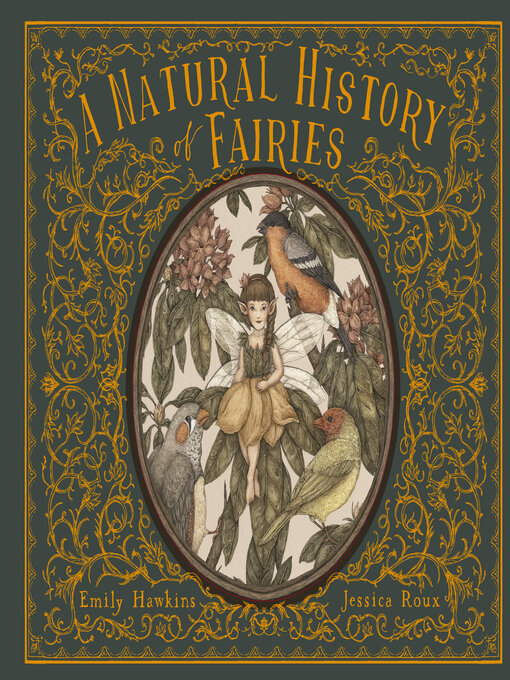This enchantingly illustrated natural history of fairies, compiled in the 1920s by the botanist Professor Elsie Arbour for her niece, is now unveiled for readers of today.
Featuring a gold foil–embossed cloth cover, a ribbon marker and sprayed gold edges, this gorgeous volume is filled with colourful sketches and precise notes detailing the secret life of fairies and their important role in the natural world.
Inside, you will discover the wide and wonderful array of different species of fairy around the globe and explore where and how they live. Delight in this hidden world as you learn all about:
Concluding with a reminder that we must protect the endangered habitats of fairies, and all other creatures too, this is a book to be treasured for a lifetime.

